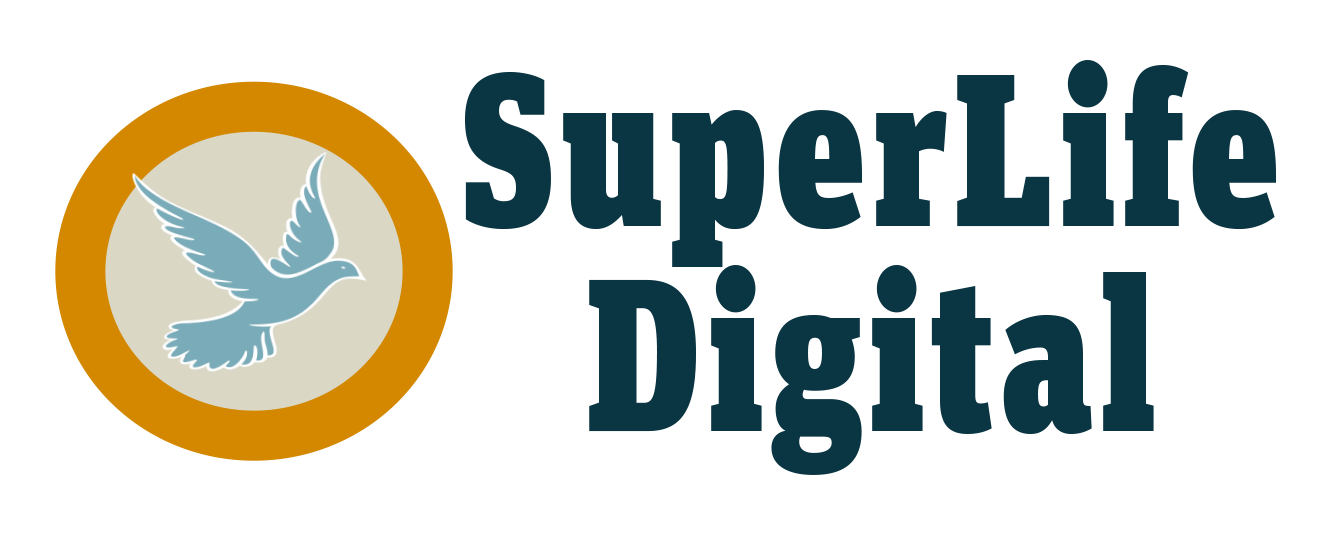Talking with retail executives back in 2010, Rama Ramakrishnan came to two realizations. First, although retail systems that offered customers personalized recommendations were getting a great deal of attention, these systems often provided little payoff for retailers. Second, for many of the firms, most customers shopped only once or twice a year, so companies didn’t really know much about them.
“But by being very diligent about noting down the interactions a customer has with a retailer or an e-commerce site, we can create a very nice and detailed composite picture of what that person does and what they care about,” says Ramakrishnan, professor of the practice at the MIT Sloan School of Management. “Once you have that, then you can apply proven algorithms from machine learning.”
These realizations led Ramakrishnan to found CQuotient, a startup whose software has now become the foundation for Salesforce’s widely adopted AI e-commerce platform. “On Black Friday alone, CQuotient technology probably sees and interacts with over a billion shoppers on a single day,” he says.
After a highly successful entrepreneurial career, in 2019 Ramakrishnan returned to MIT Sloan, where he had earned master’s and PhD degrees in operations research in the 1990s. He teaches students “not just how these amazing technologies work, but also how do you take these technologies and actually put them to use pragmatically in the real world,” he says.
Additionally, Ramakrishnan enjoys participating in MIT executive education. “This is a great opportunity for me to convey the things that I have learned, but also as importantly, to learn what’s on the minds of these senior executives, and to guide them and nudge them in the right direction,” he says.
For example, executives are understandably concerned about the need for massive amounts of data to train machine learning systems. He can now guide them to a wealth of models that are pre-trained for specific tasks. “The ability to use these pre-trained AI models, and very quickly adapt them to your particular business problem, is an incredible advance,” says Ramakrishnan.
Understanding AI categories
“AI is the quest to imbue computers with the ability to do cognitive tasks that typically only humans can do,” he says. Understanding the history of this complex, supercharged landscape aids in exploiting the technologies.
The traditional approach to AI, which basically solved problems by applying if/then rules learned from humans, proved useful for relatively few tasks. “One reason is that we can do lots of things effortlessly, but if asked to explain how we do them, we can’t actually articulate how we do them,” Ramakrishnan comments. Also, those systems may be baffled by new situations that don’t match up to the rules enshrined in the software.
Machine learning takes a dramatically different approach, with the software fundamentally learning by example. “You give it lots of examples of inputs and outputs, questions and answers, tasks and responses, and get the computer to automatically learn how to go from the input to the output,” he says. Credit scoring, loan decision-making, disease prediction, and demand forecasting are among the many tasks conquered by machine learning.
But machine learning only worked well when the input data was structured, for instance in a spreadsheet. “If the input data was unstructured, such as images, video, audio, ECGs, or X-rays, it wasn’t very good at going from that to a predicted output,” Ramakrishnan says. That means humans had to manually structure the unstructured data to train the system.
Around 2010 deep learning began to overcome that limitation, delivering the ability to directly work with unstructured input data, he says. Based on a longstanding AI strategy known as neural networks, deep learning became practical due to the global flood tide of data, the availability of extraordinarily powerful parallel processing hardware called graphics processing units (originally invented for video games) and advances in algorithms and math.
Finally, within deep learning, the generative AI software packages appearing last year can create unstructured outputs, such as human-sounding text, images of dogs, and three-dimensional models. Large language models (LLMs) such as OpenAI’s ChatGPT go from text inputs to text outputs, while text-to-image models such as OpenAI’s DALL-E can churn out realistic-appearing images.
What generative AI can (and can’t) do
Trained on the unimaginably vast text resources of the internet, a LLM’s “fundamental capability is to predict the next most likely, most plausible word,” Ramakrishnan says. “Then it attaches the word to the original sentence, predicts the next word again, and keeps on doing it.”
“To the surprise of many, including a lot of researchers, an LLM can do some very complicated things,” he says. “It can compose beautifully coherent poetry, write Seinfeld episodes, and solve some kinds of reasoning problems. It’s really quite remarkable how next-word prediction can lead to these amazing capabilities.”
“But you have to always keep in mind that what it is doing is not so much finding the correct answer to your question as finding a plausible answer your question,” Ramakrishnan emphasizes. Its content may be factually inaccurate, irrelevant, toxic, biased, or offensive.
That puts the burden on users to make sure that the output is correct, relevant, and useful for the task at hand. “You have to make sure there is some way for you to check its output for errors and fix them before it goes out,” he says.
Intense research is underway to find techniques to address these shortcomings, adds Ramakrishnan, who expects many innovative tools to do so.
Finding the right corporate roles for LLMs
Given the astonishing progress in LLMs, how should industry think about applying the software to tasks such as generating content?
First, Ramakrishnan advises, consider costs: “Is it a much less expensive effort to have a draft that you correct, versus you creating the whole thing?” Second, if the LLM makes a mistake that slips by, and the mistaken content is released to the outside world, can you live with the consequences?
“If you have an application which satisfies both considerations, then it’s good to do a pilot project to see whether these technologies can actually help you with that particular task,” says Ramakrishnan. He stresses the need to treat the pilot as an experiment rather than as a normal IT project.
Right now, software development is the most mature corporate LLM application. “ChatGPT and other LLMs are text-in, text-out, and a software program is just text-out,” he says. “Programmers can go from English text-in to Python text-out, as well as you can go from English-to-English or English-to-German. There are lots of tools which help you write code using these technologies.”
Of course, programmers must make sure the result does the job properly. Fortunately, software development already offers infrastructure for testing and verifying code. “This is a beautiful sweet spot,” he says, “where it’s much cheaper to have the technology write code for you, because you can very quickly check and verify it.”
Another major LLM use is content generation, such as writing marketing copy or e-commerce product descriptions. “Again, it may be much cheaper to fix ChatGPT’s draft than for you to write the whole thing,” Ramakrishnan says. “However, companies must be very careful to make sure there is a human in the loop.”
LLMs also are spreading quickly as in-house tools to search enterprise documents. Unlike conventional search algorithms, an LLM chatbot can offer a conversational search experience, because it remembers each question you ask. “But again, it will occasionally make things up,” he says. “In terms of chatbots for external customers, these are very early days, because of the risk of saying something wrong to the customer.”
Overall, Ramakrishnan notes, we’re living in a remarkable time to grapple with AI’s rapidly evolving potentials and pitfalls. “I help companies figure out how to take these very transformative technologies and put them to work, to make products and services much more intelligent, employees much more productive, and processes much more efficient,” he says.
Source




